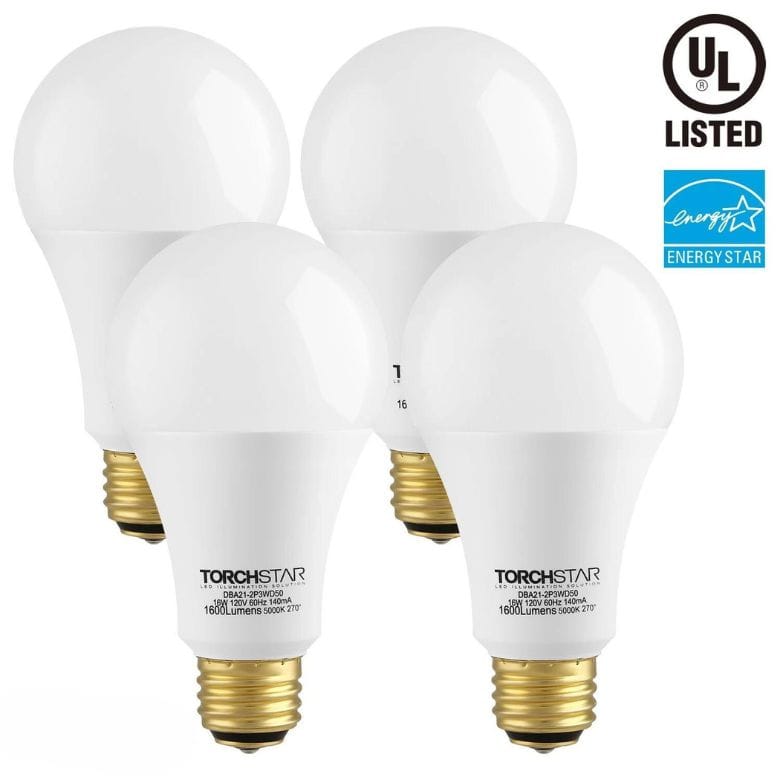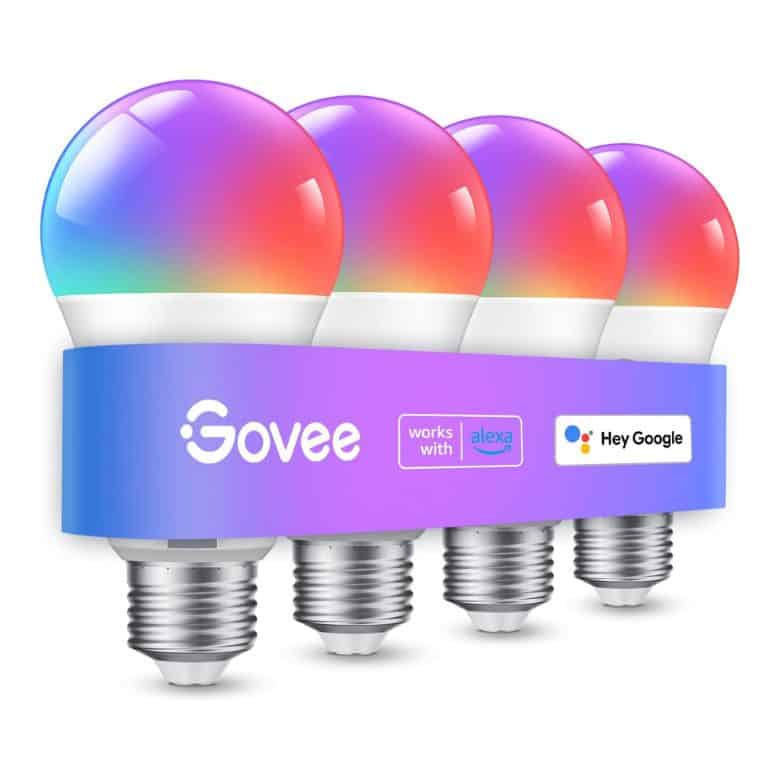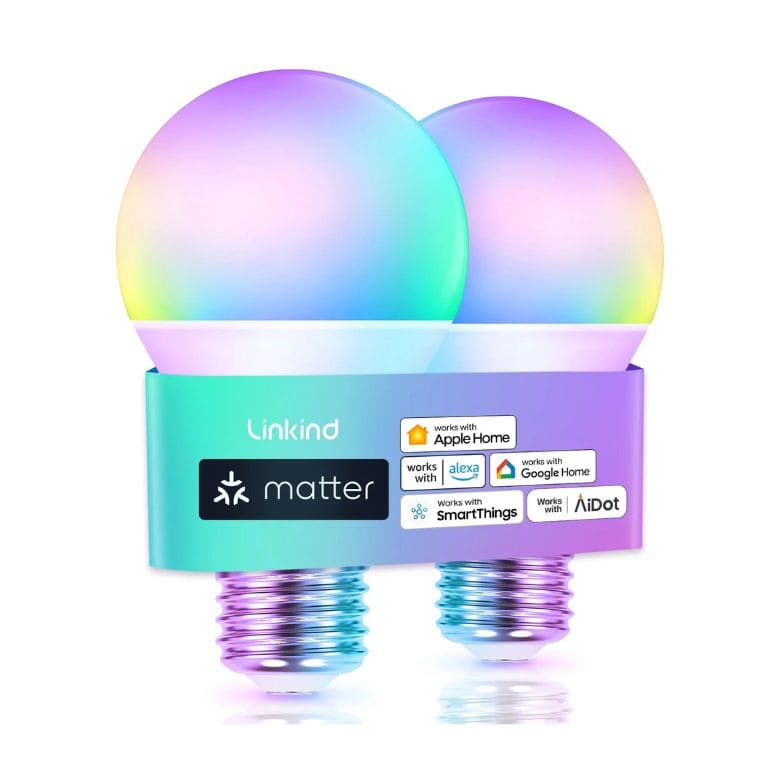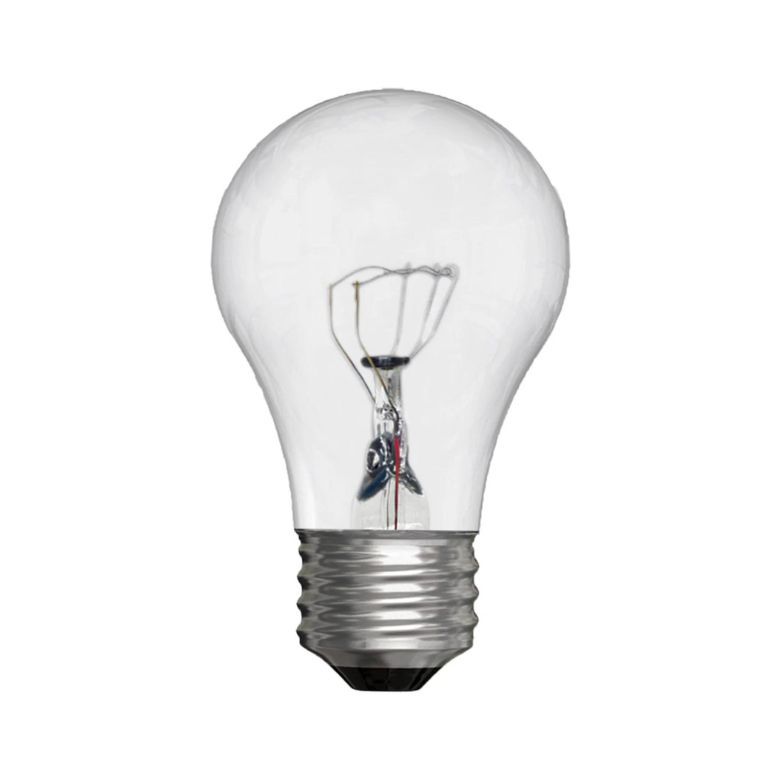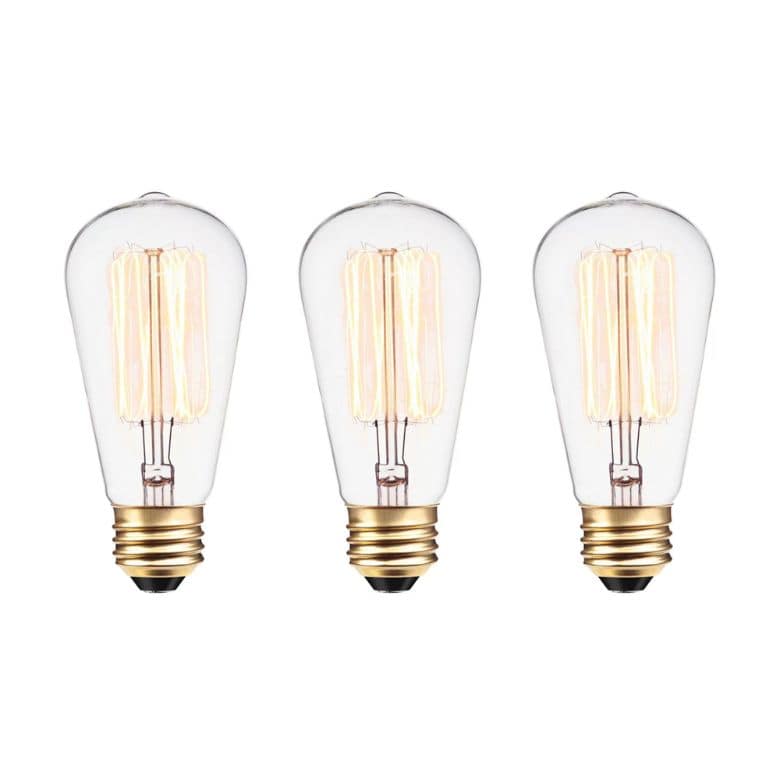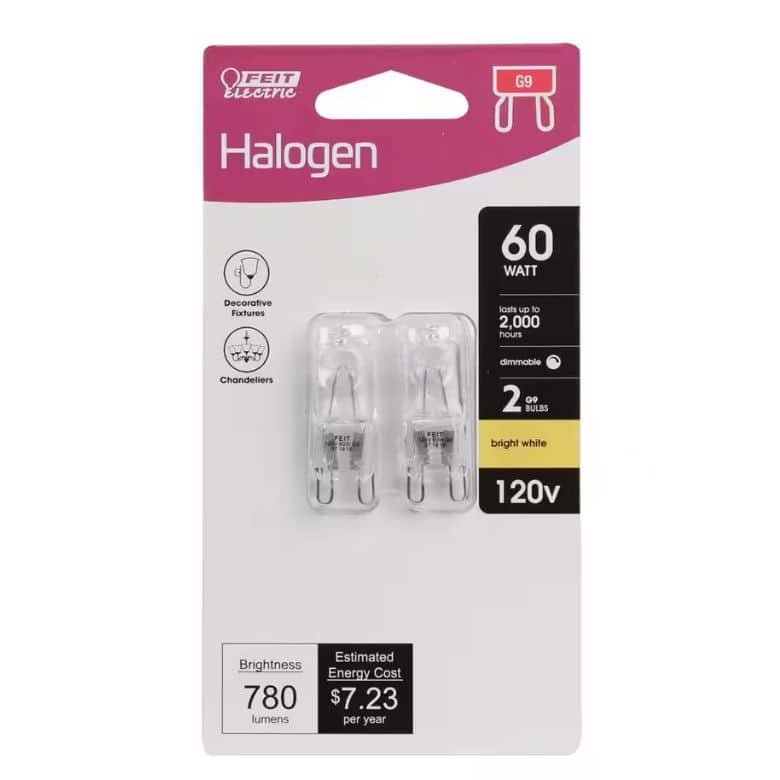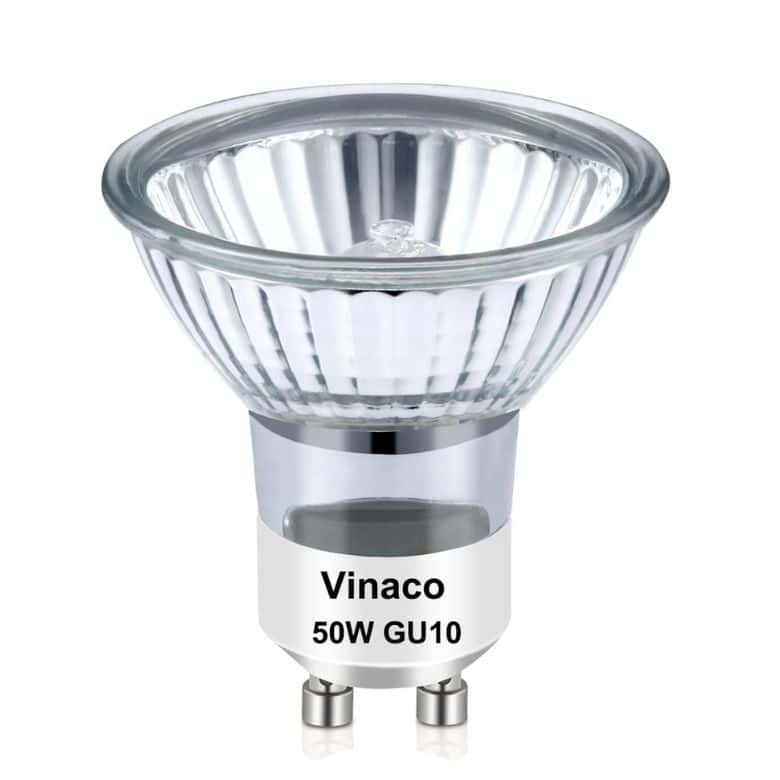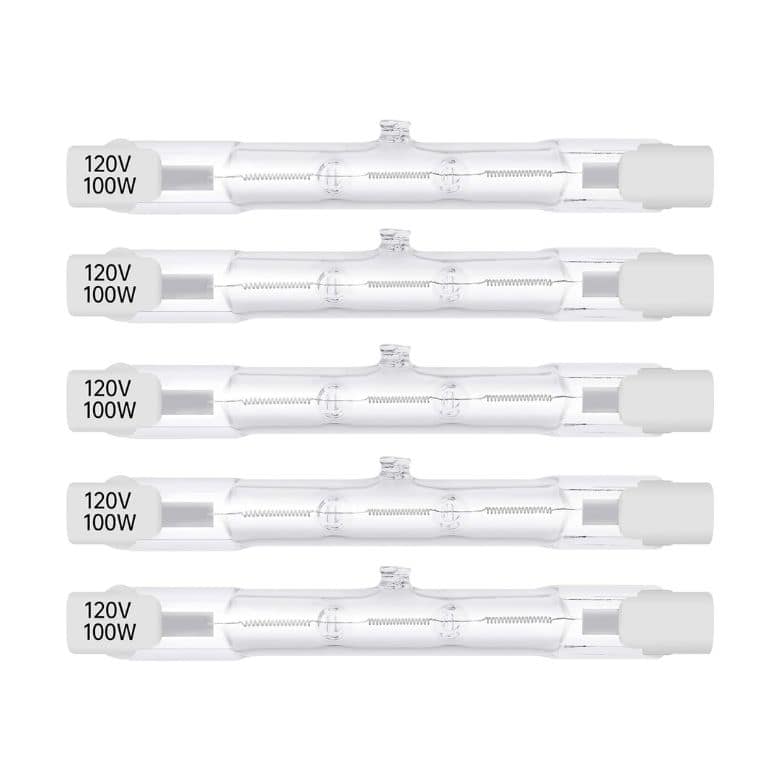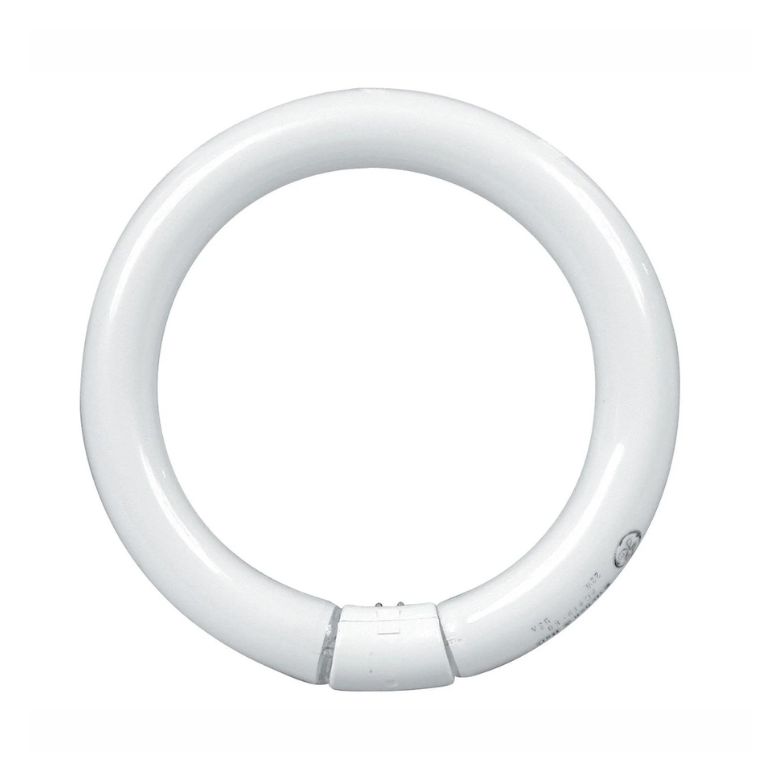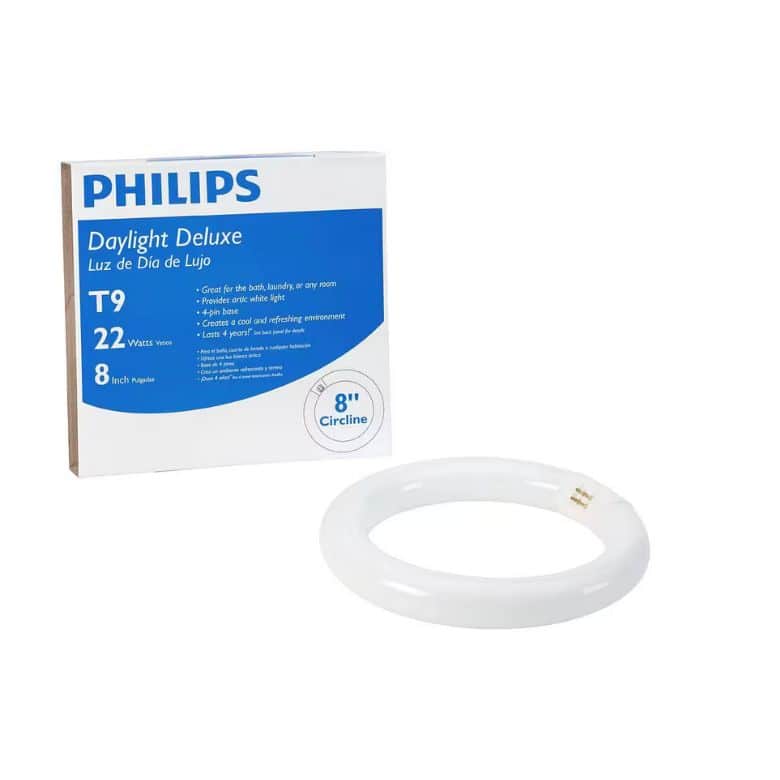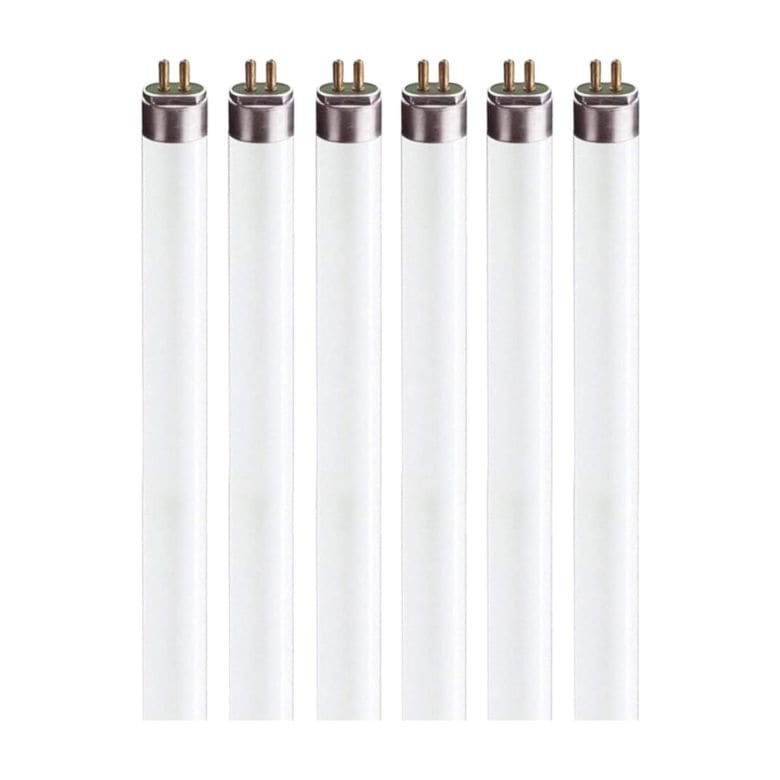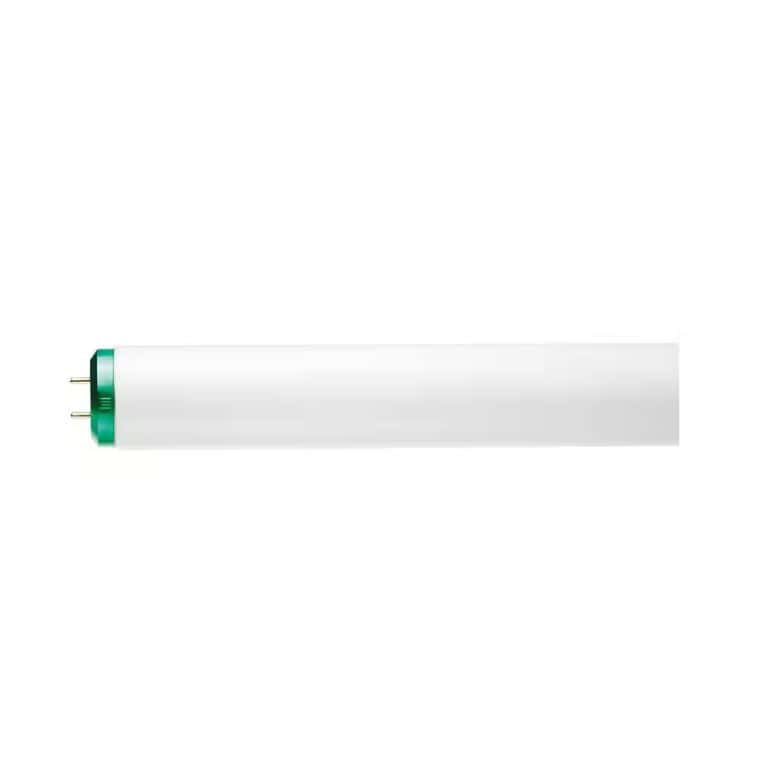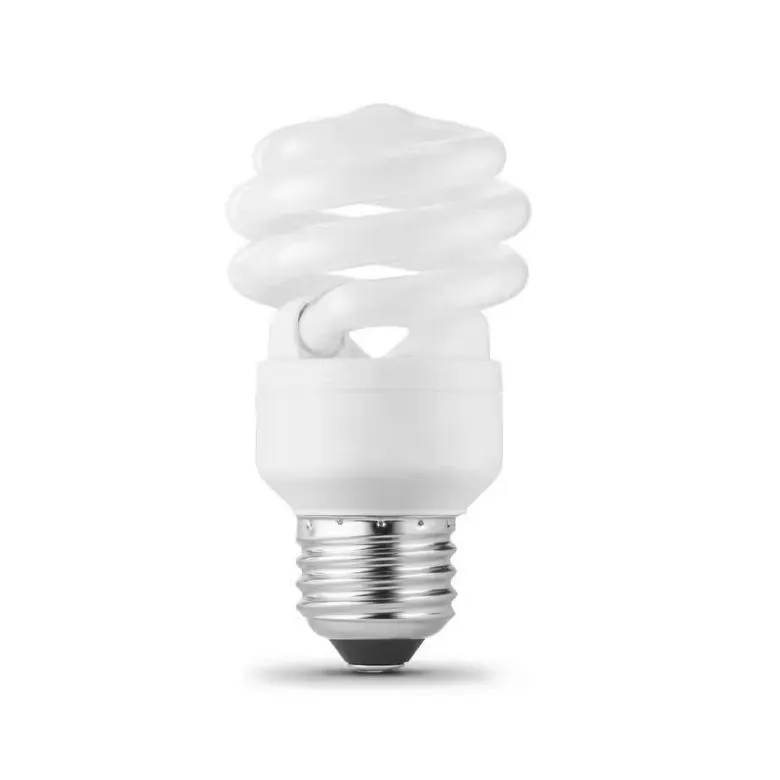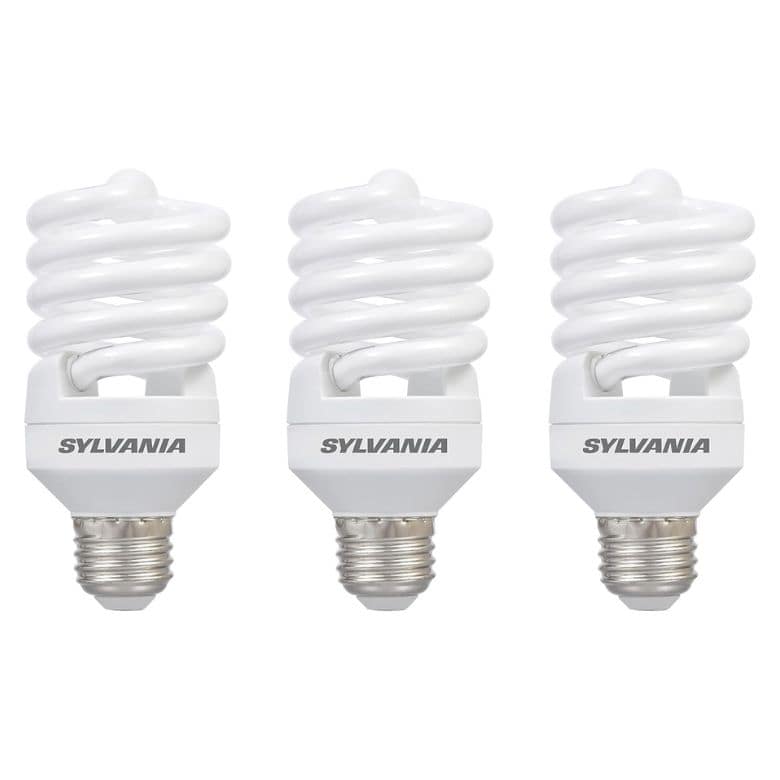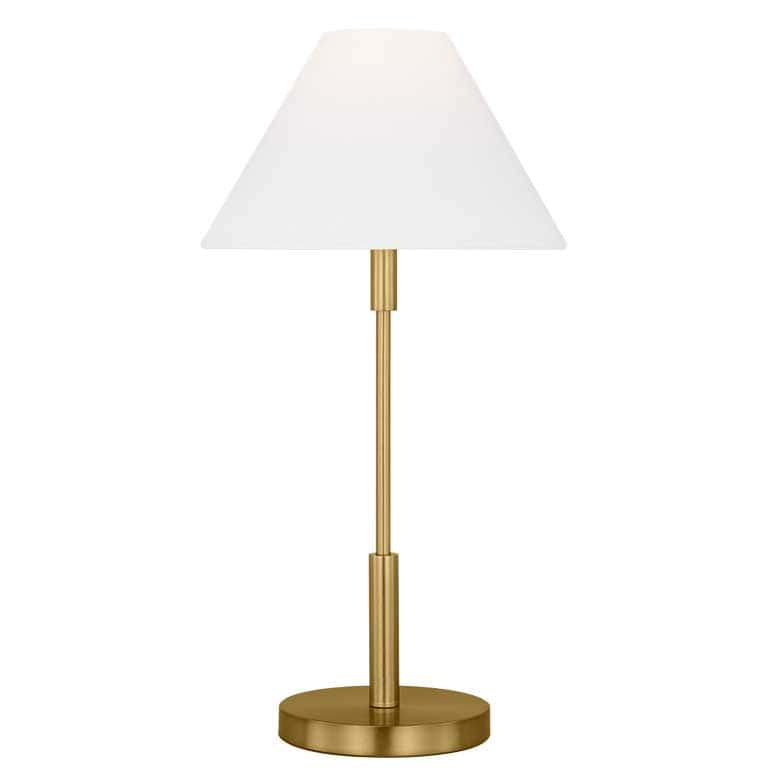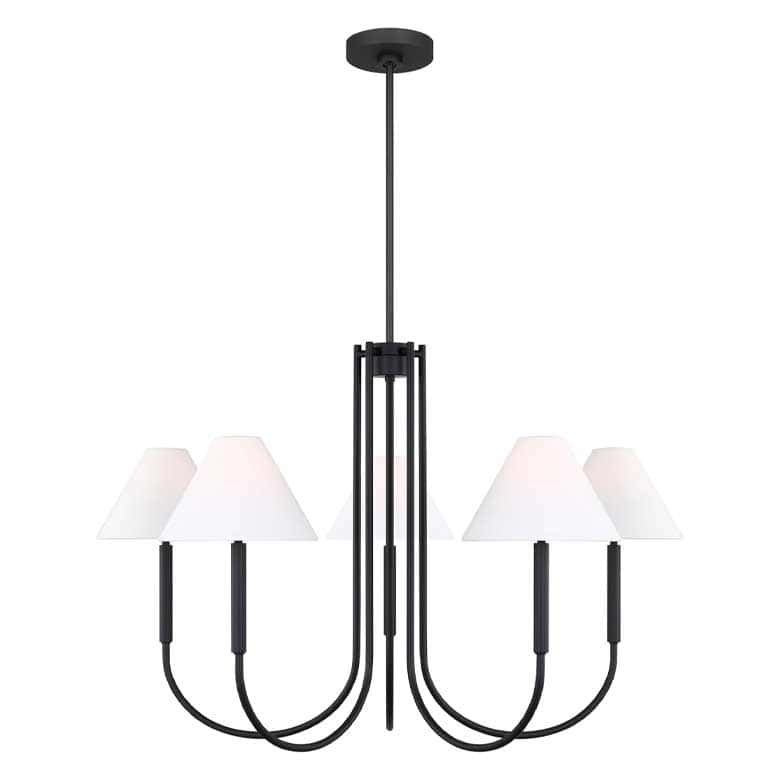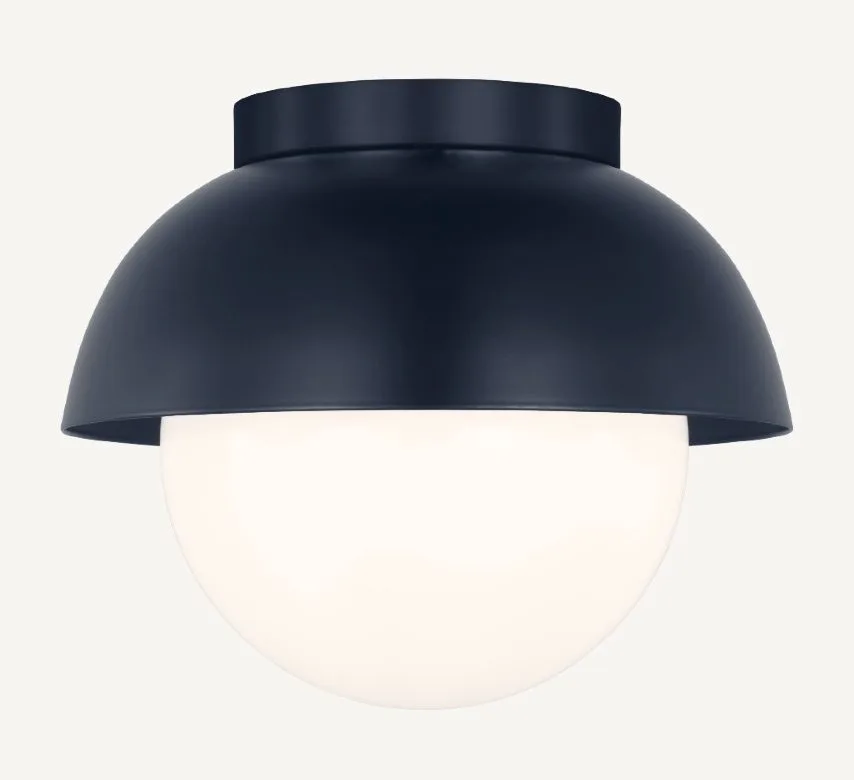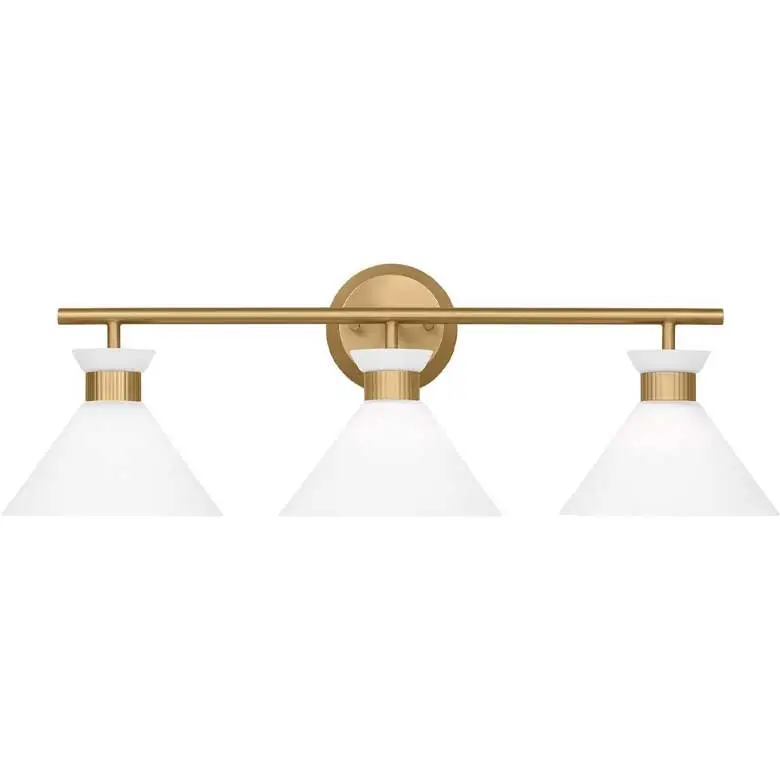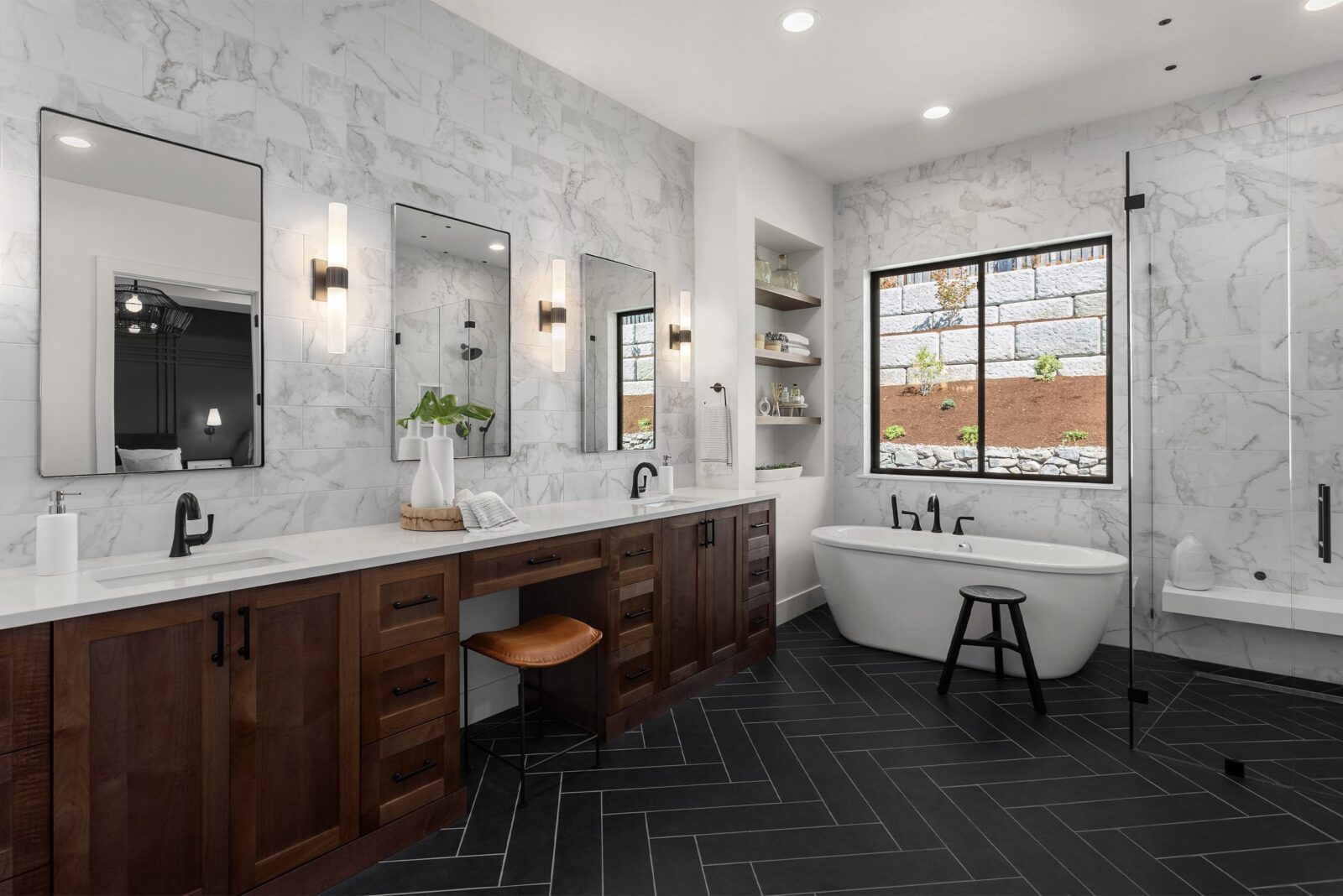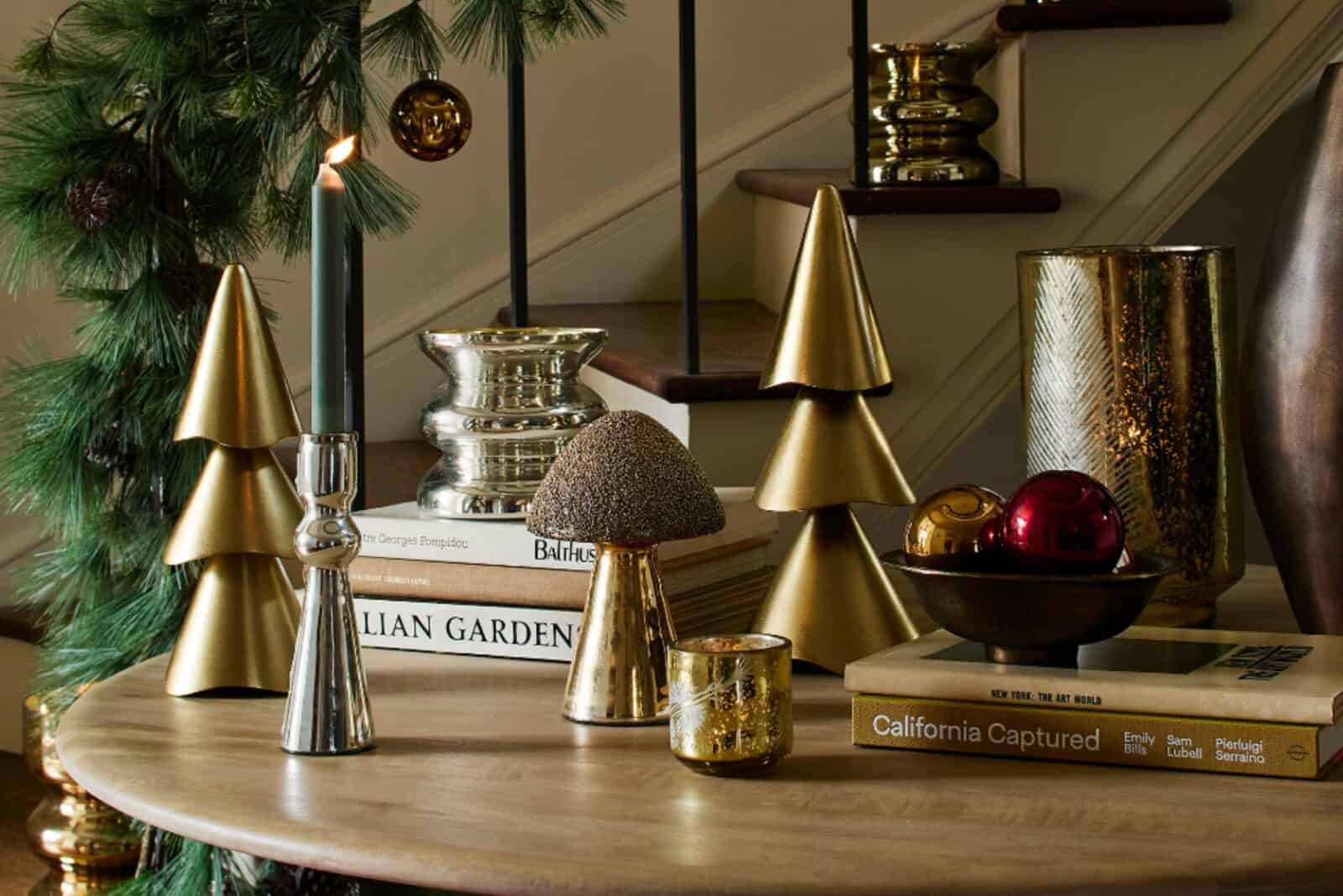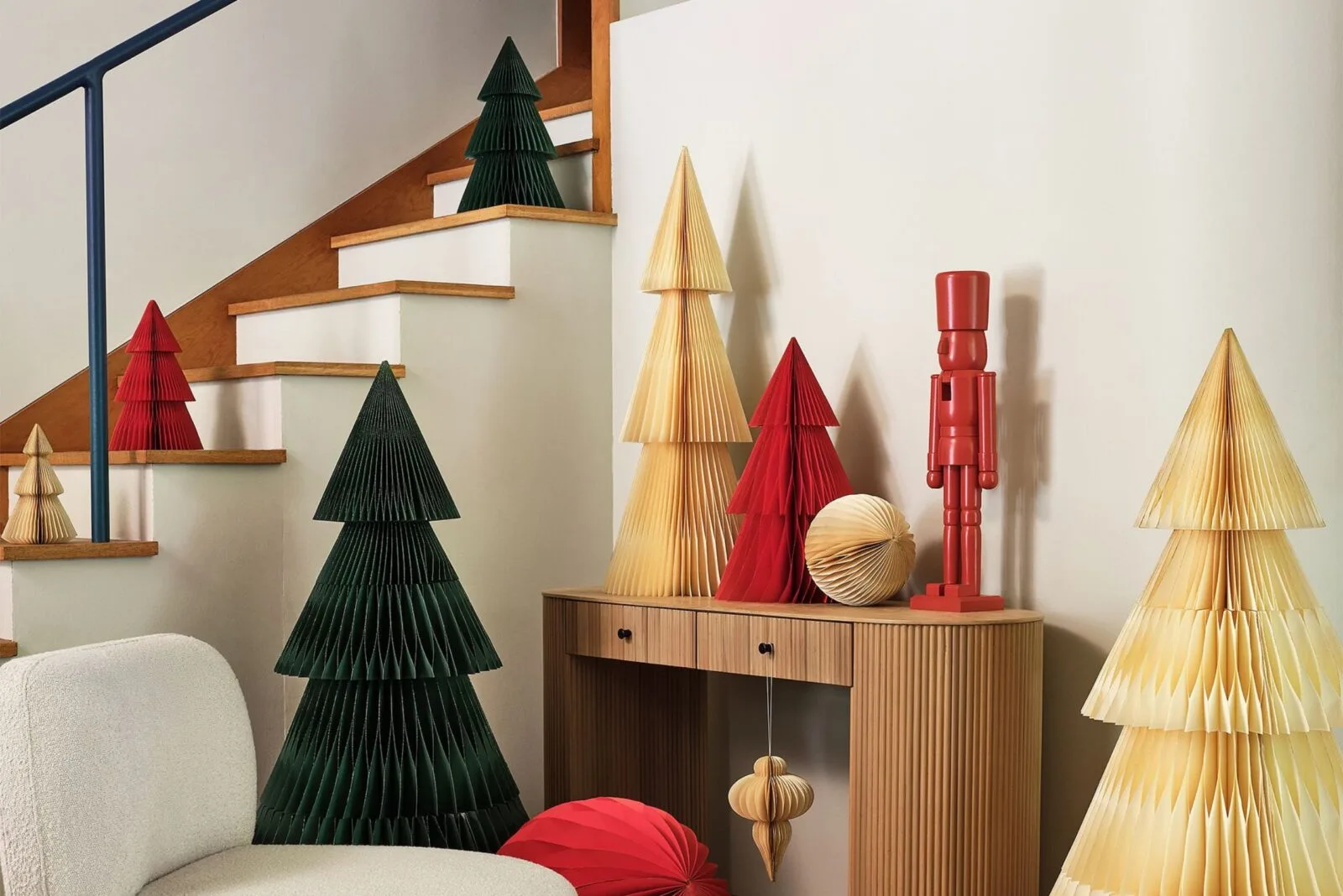Your Guide to All the Types of Light Bulbs Out There
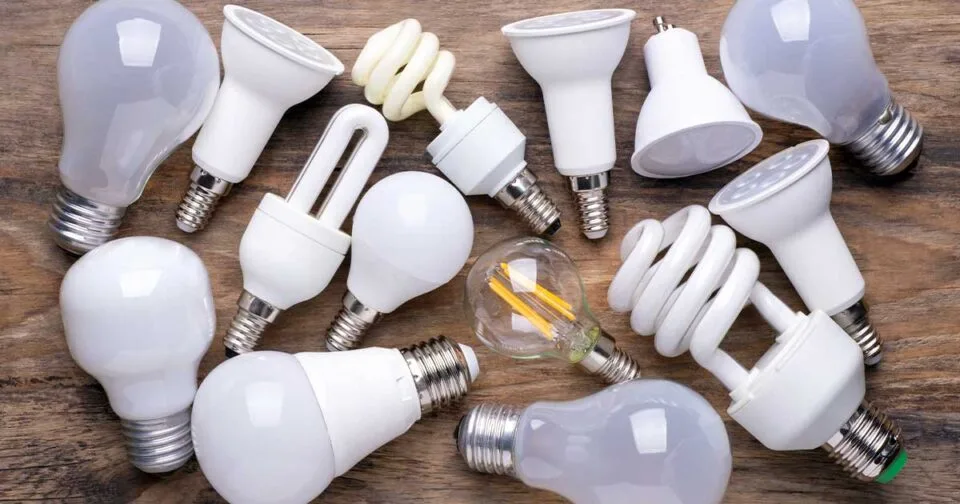
This site contains affiliate links to products. We may receive commission for purchases made through these links. Price at time of publish date may change.
We’ve all been there. You need to replace the light bulb in your floor lamp or flush-mount light, so you head to the nearest hardware store. But in the aisle, the endless display of different types of light bulbs staring back at you has you perplexed. Halogen? LED? Smart bulbs? You grab one and cross your fingers that you don’t have to come back tomorrow to exchange it. The good news? You can avoid the runaround if you know what you’re looking for ahead of time. And we’re here to show you how!
We want to help clear up the confusion and illuminate everything you need to know about the different types of light bulbs on the market. We’re shining a spotlight on the pros and cons of each variety so that you can understand what you’re buying and why. We’re also giving you suggestions for some of the most popular and well-reviewed options that you can buy from reliable online retailers right now. That way, no matter if you’re replacing the bulb in your living room table lamp, your kids’ floor lamp with shelving, or your kitchen appliance light, you can do so knowing that you’re making the right decision. So what do you say? Let’s get glowing!
What Are the Different Types of Light Bulbs?
The six main types of light bulbs are LED, Smart, Incandescent, Halogen, Fluorescent, and CFL. Below, we give you the lowdown on each, including what they’re used for, how they look, and where to use them in your home.
LED Light Bulbs
If you need bulbs for lamps and ceiling fixtures, LEDs are the most energy-efficient, most cost effective, and also the safest option out there. Plus, they come in many different colors, so they’re versatile, too. LED stands for light-emitting diode, which refers to the internal technology. While traditional bulbs rely on fragile filaments, with LEDs, the electric current travels through a microchip and hits tiny light sources to produce visible light. And while other light bulbs burn out without warning, LEDs will slowly dim when they’re on the fritz, letting you know that it’s about time to swap it for a new one before you’re left in the dark.
They’re also designed not to overheat, which makes them much less likely to be a fire hazard than their lower-tech counterparts. LED is the type of light you’ll see in devices like digital clocks, car displays, and smartphones, but as for home lighting needs, they’re perfect for general lighting. They are up to a whopping 90% more energy efficient than traditional incandescent light bulbs (read more on that below), and they last longer, saving you money in the long run.
Smart Light Bulbs
Smart light bulbs—another great choice for general lighting—are a subcategory of LED but with the added bonus of being Bluetooth-enabled. You can control them through the app or using voice-powered technology like the Amazon Alexa. With just a few words or a couple of swipes, you can change the color of the light, make it dimmer or brighter, and even set a timer to automatically turn it on and off on your schedule.
Incandescent Light Bulbs
With incandescent technology, the bulb contains inert gas, typically argon or nitrogen. When you flick your wall switch, electricity heats a metal filament until it gets “white hot” and produces visible, warm light. Of all of the types of light bulbs on the list, this one is the oldest, consumes a lot of energy compared to the others, and needs to be changed more frequently. Because incandescent technology is so inefficient, the federal government has placed extremely strict restrictions on its manufacture and sale. Unless you absolutely need an incandescent bulb for a specialty fixture, it’s probably best to opt for something else.
Halogen Light Bulbs
Halogen lights are a type of incandescent light, but they use bromine to produce light instead of argon or nitrogen. This upgrade makes them brighter and longer-lasting than incandescents, and they also work much better with dimmers. However, they still aren’t very energy efficient, and they emit a lot of heat. That’s why they make perfect bulbs for task and accent lighting; they’re bright, but you don’t want to keep them on for too long.
Fluorescent Light Bulbs
Fluorescent bulbs produce light by sending an electric current back and forth between electrodes through a wire filament, all housed in a gas-filled, fluorescent-coated tube. They’re the long light bulbs that you often see in long hallways, offices, and schools. Regarding efficiency, think of fluorescent bulbs like your car engine: They use a burst of energy when you turn them on, but once they’re running, their energy consumption goes way down. Because fluorescent bulbs contain small amounts of mercury, they must be disposed of properly to prevent damage to the environment. In fact, they’re being slowly phased out of practice altogether.
CFL Light Bulbs
CFL stands for compact fluorescent light. They’re smaller versions of traditional fluorescent tube lights, but they’re shaped to screw into the standard fixtures and lamps that you have at home. Like fluorescent tube lights, CFL light bulbs probably won’t be available for much longer due to their inefficiency and environmental implications. If you don’t need CFLs for a specific purpose, you’re better off adding LEDs to your shopping cart instead.


